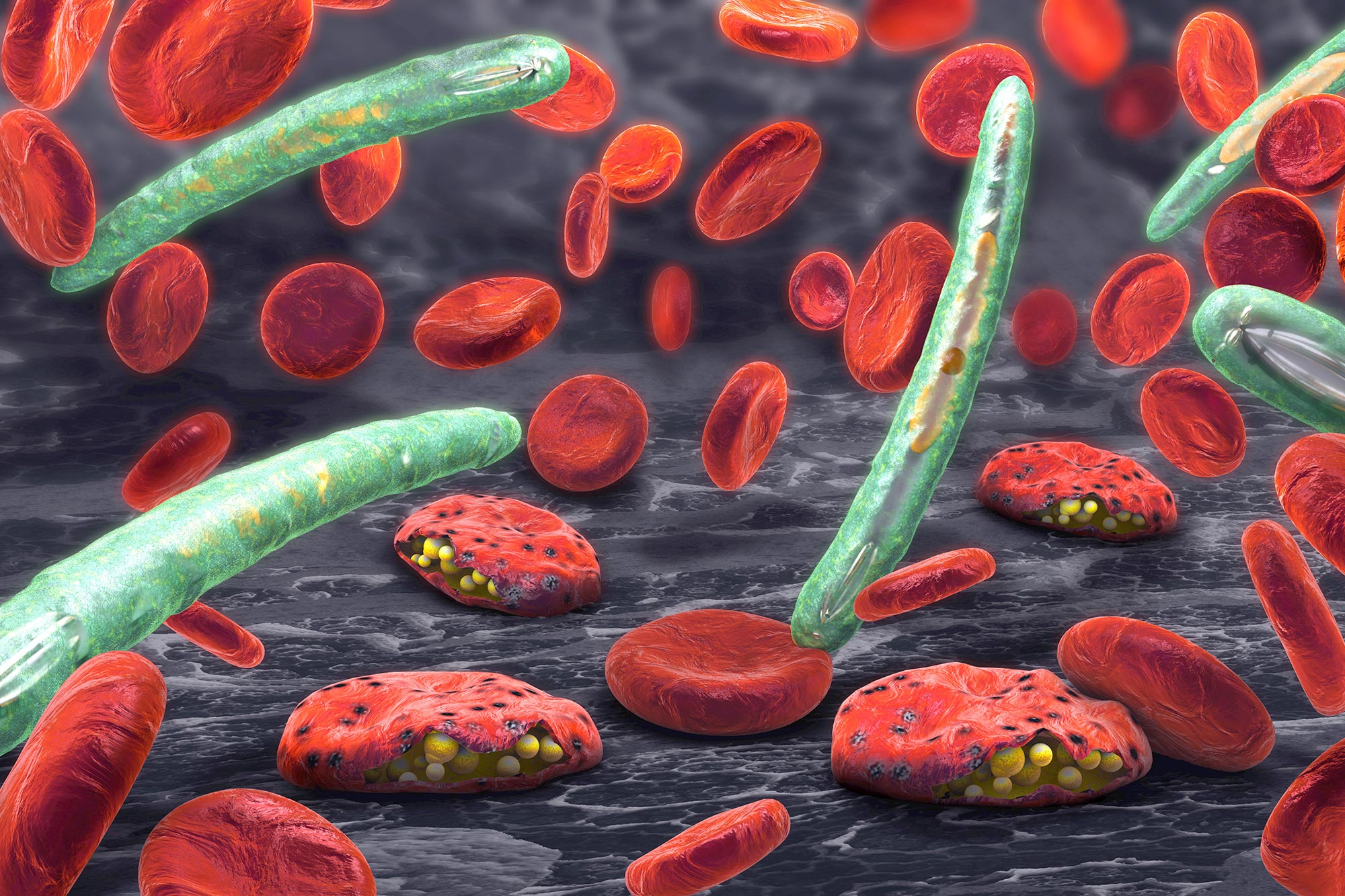Researchers teamed up to understand the role of flexibility and inhibition in problem solving and how they relate to each other in a behaviorally flexible urban bird species, the great-tailed grackle. The researchers assessed the cognitive abilities of individuals using multiple tests, and found that self control, a form of inhibition, was linked with flexibility, the ability to change preferences when circumstances change.
Behavioral flexibility is linked with self control
Researchers found that grackles who were faster to reverse a color preference, a standard measure of flexibility, were also faster to inhibit their behavior in a ‘go no-go’ test where they touch one shape for a reward but not the other shape on a touchscreen computer. This suggests that inhibition is involved in learning to change a preference. “The grackles are likely inhibiting themselves from choosing the previously rewarded option so they can instead choose the other option, which is now the only option that has food in it,” says Corina Logan, a senior researcher at the Max Planck Institute for Evolutionary Anthropology, and lead author.
When using a newer measure of flexibility — the time it takes to switch to trying to solve a new option on a puzzlebox after previously succeeding on a different option — the relationship was the opposite: grackles who were faster to switch to a new option were slower to inhibit their behavior in the ‘go no-go’ test. The authors speculate that different birds might use different inhibitory strategies: those less inclined to inhibit might instead explore all options, which makes it more likely that they will make a correct solve on the puzzlebox, but this would not be a strategy they could use in situations where they need to stick with one option.
Kelsey McCune, a postdoctoral researcher at the University of California Santa Barbara, noted differences in the strategies used by the grackles in the ‘go no-go’ test on the computer: “It was clear that a few birds were content to be rewarded inconsistently and so they pecked at everything that came up on the screen. On the other hand, other birds clearly learned the task and would sit and stare at the screen until the correct shape showed up.”
Careful what you call it: flexibility is not linked with motor control
A different inhibition test, the ‘detour’ test, where one has to walk around to the side of a clear plastic tube to reach the food from the tube’s opening rather than walking straight up to it and trying to get the food through the plastic, is commonly thought to measure self control. However, grackles that did better on ‘detour’ were not necessarily doing better on the ‘go no-go’ self control test. “Our results show that different tests, which are widely referred to as tests of self control actually assess different cognitive abilities,” says co-author Claudia Wascher, an Associate Professor at Anglia Ruskin University.
The authors conclude that ‘detour’ measures motor inhibition, stopping a movement that won’t be useful, and not self control, which is the ability to withhold a response toward something they see and instead wait for something that comes later.
Wild-caught birds use computers to participate in tests
For two of the tests, the researchers trained grackles to use computers. It turns out that training this species to use a computer is very different from training pigeons and rats — species that two of the authors, Benjamin Seitz, a doctoral student, and Aaron Blaisdell, a Professor at the University of California Los Angeles, already had extensive experience with.
Grackles seem to be more gentle when pecking the screen, and also less persistent at pecking the screen if something goes wrong. “That we were able to get birds caught in the wild to interact with these very artificial touchscreens is still amazing to me, but the birds were more apprehensive with using the touchscreen than other species we’ve tested,” says lead author Seitz. This unexpected obstacle resulted in the team documenting their trials and tribulations and publishing a guide on how to train wild-caught birds to use touchscreens.
Do they use causal cognition?
In another experiment, Blaisdell designed a touchscreen computer test to determine whether grackles use causal cognition. It is possible that a successful species such as the great-tailed grackle is so successful because they use causal cognition to solve their foraging problems. The ability to infer cause and effect could lead to learning how to solve problems faster and facilitate finding better alternatives. This could come in handy when they are opening packages that contain food, as well as a number of other problems that present themselves in an urban environment.
Results were inconclusive, potentially because the birds didn’t understand the question. “The greatest challenge when studying a new species is to adapt a procedure that has worked on one species, such as a rat, to successfully get ‘inside the head’ of the new species, such as a grackle,” notes Blaisdell. The experimental design would need to be adapted to determine what setup would make sense to the grackles.
Where to from here?
Knowing more about how a flexible species reacts to a changing environment can help inform conservation management plans and facilitate learning how to promote flexibility in species that are struggling in this rapidly changing world. The authors continue to incorporate technology with wild bird behavior to investigate these questions in their long-term research on the grackle project.
Note: This article have been indexed to our site. We do not claim legitimacy, ownership or copyright of any of the content above. To see the article at original source Click Here













